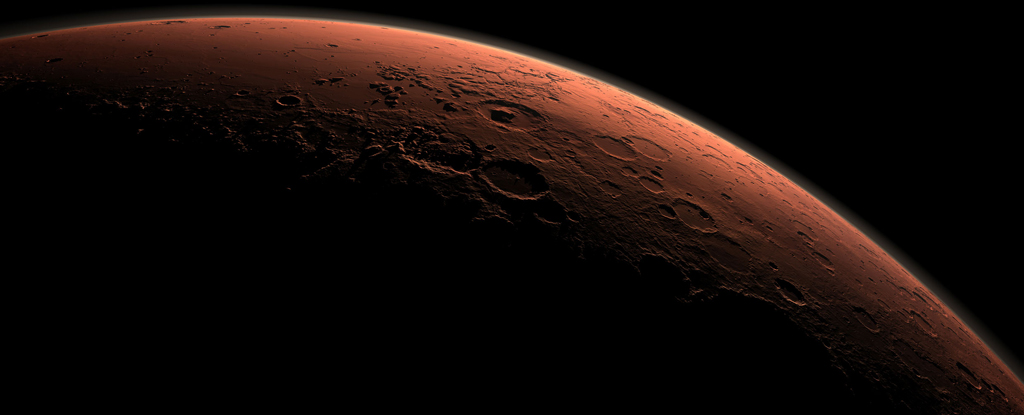
A team of researchers has uncovered evidence of its origins in the atmosphere, where carbon dioxide bathed in ultraviolet sunlight reacted to form a mist of carbon molecules that rained onto the planet's surface.
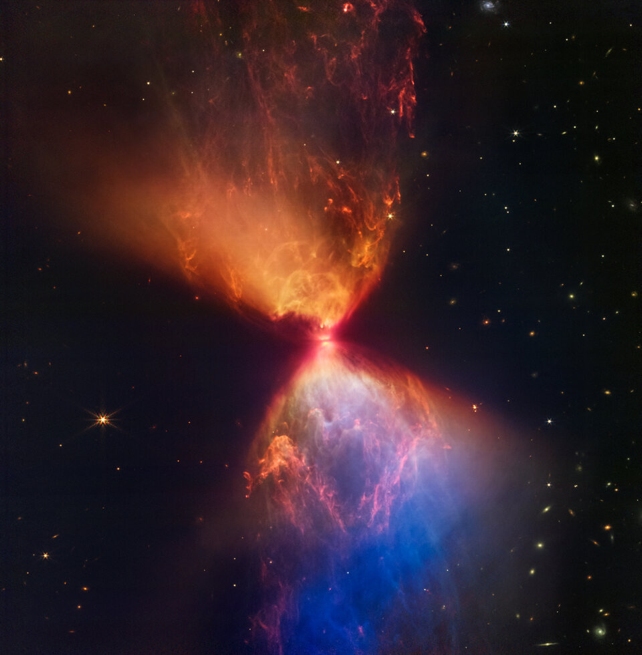
james Webb Space Telescope continues to revolutionise astronomy - it now shows the birth of a star. The star is named L1527, and at this young age, it's still ensconced in the molecular cloud that spawned it.
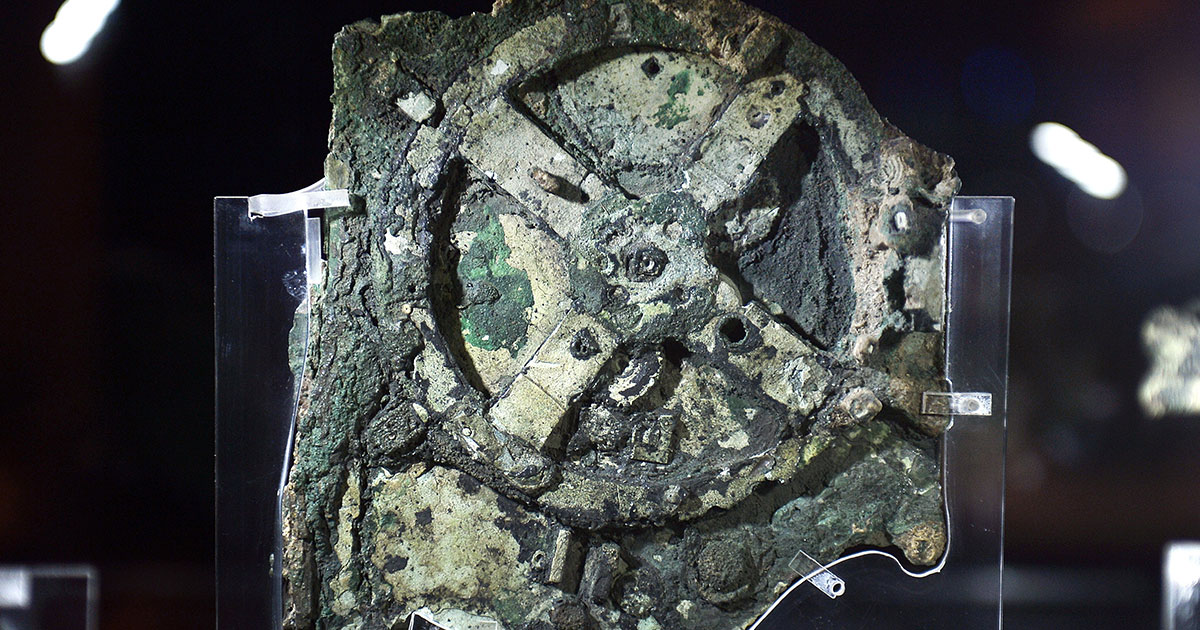
Researchers say they've used cutting-edge gravitational wave research to shed new light on a nearly 2,000-year-old mystery.
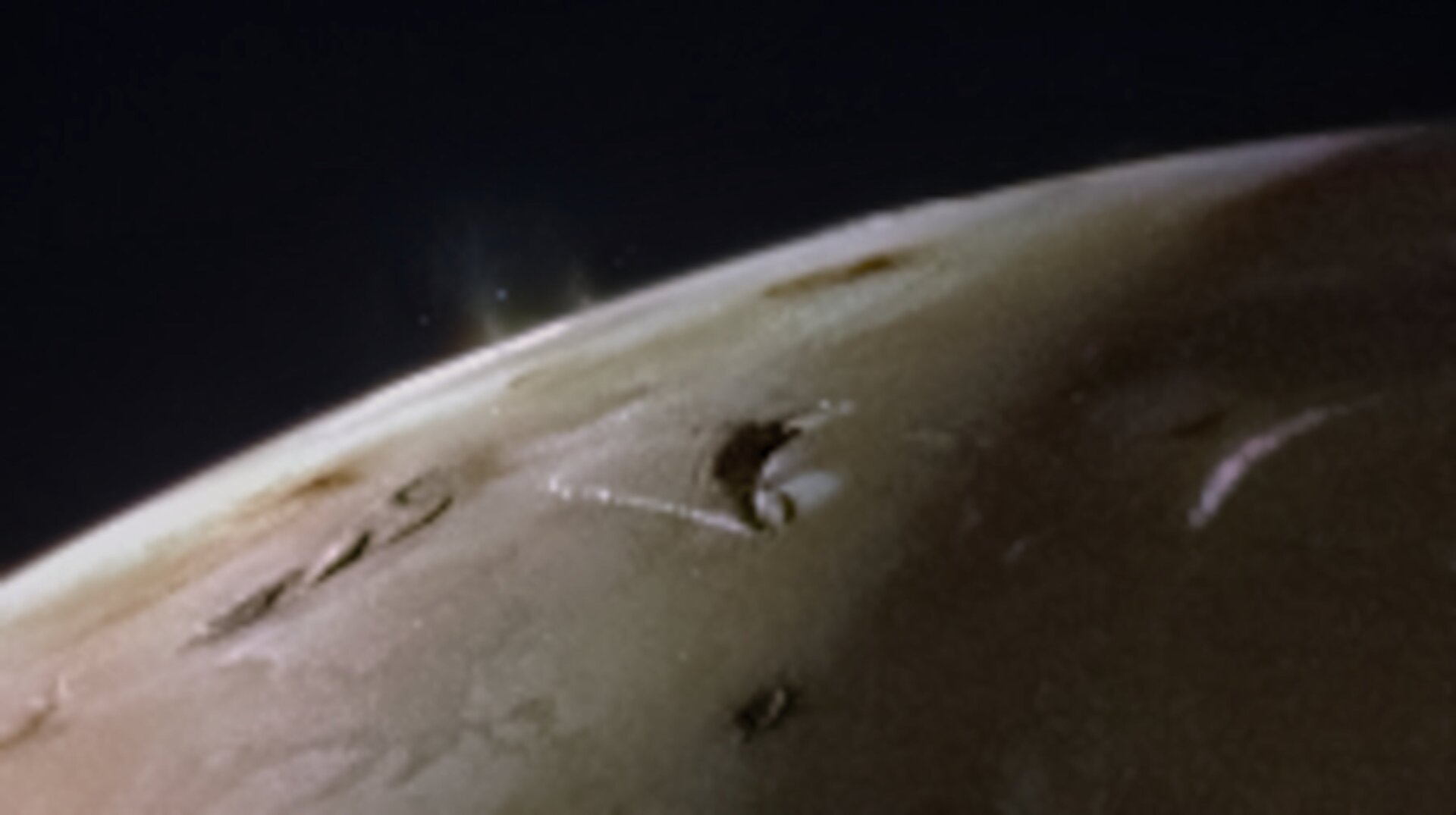
From around 2,400 miles away, the probe’s Jovian Infrared Auroral Mapper (JIRAM) instrument “revealed that the whole surface of Io is covered by lava lakes contained in caldera-like features.
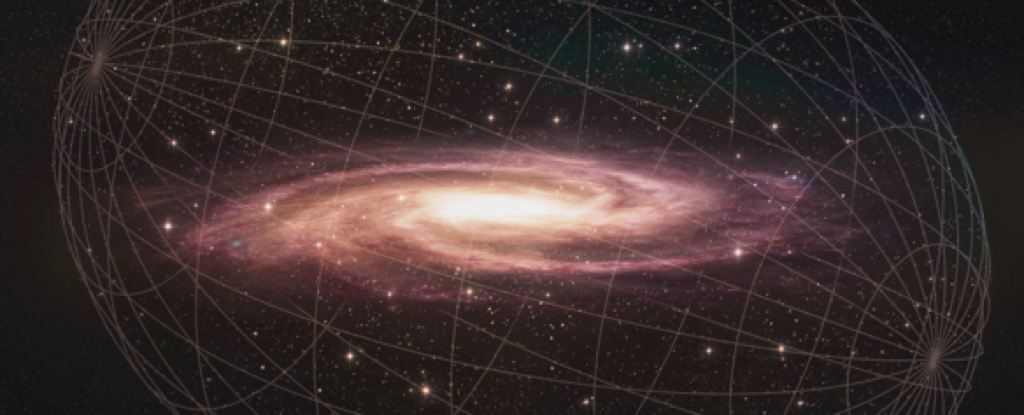
The two new satellites, named Virgo III and Sextans II, were discovered in a region of space already crowded with more dwarf galaxies than models of dark matter predict.
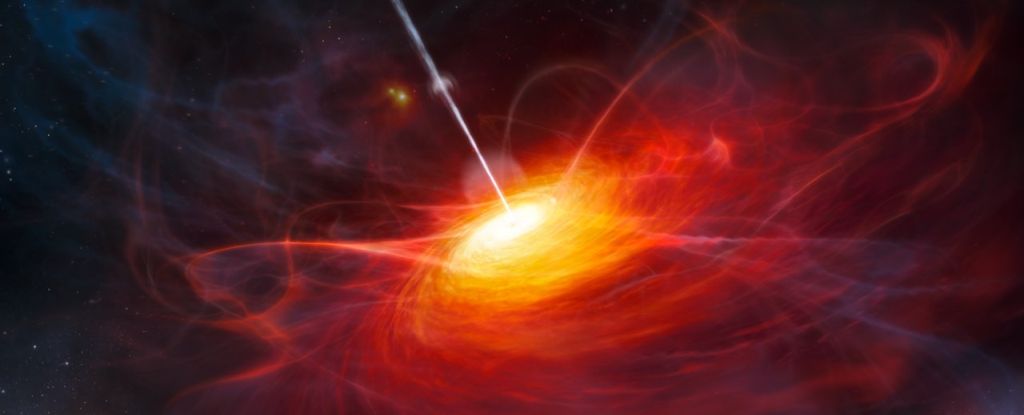
A black hole discovered lurking in the Cosmic Dawn is just way too big to easily explain.
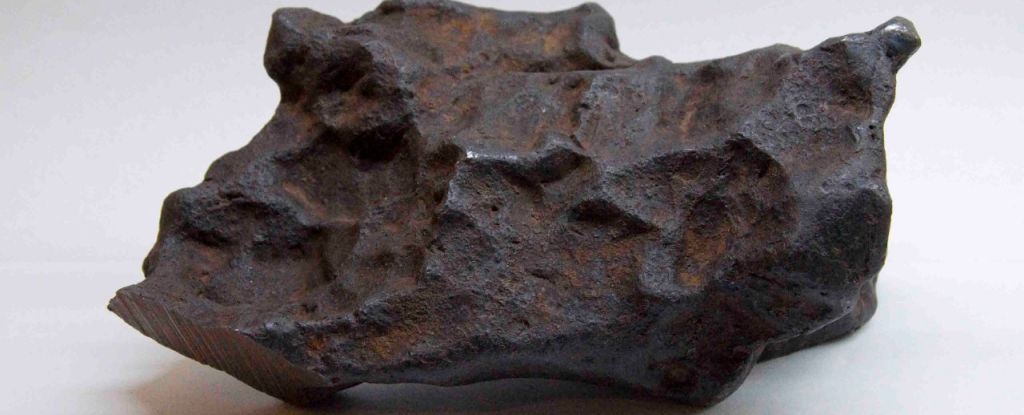
The shape of the Solar System was once a little more on the doughy side. Before it arranged itself into a flattened disk, the distribution of dust and rocks had more in common with a donut than a pancake.
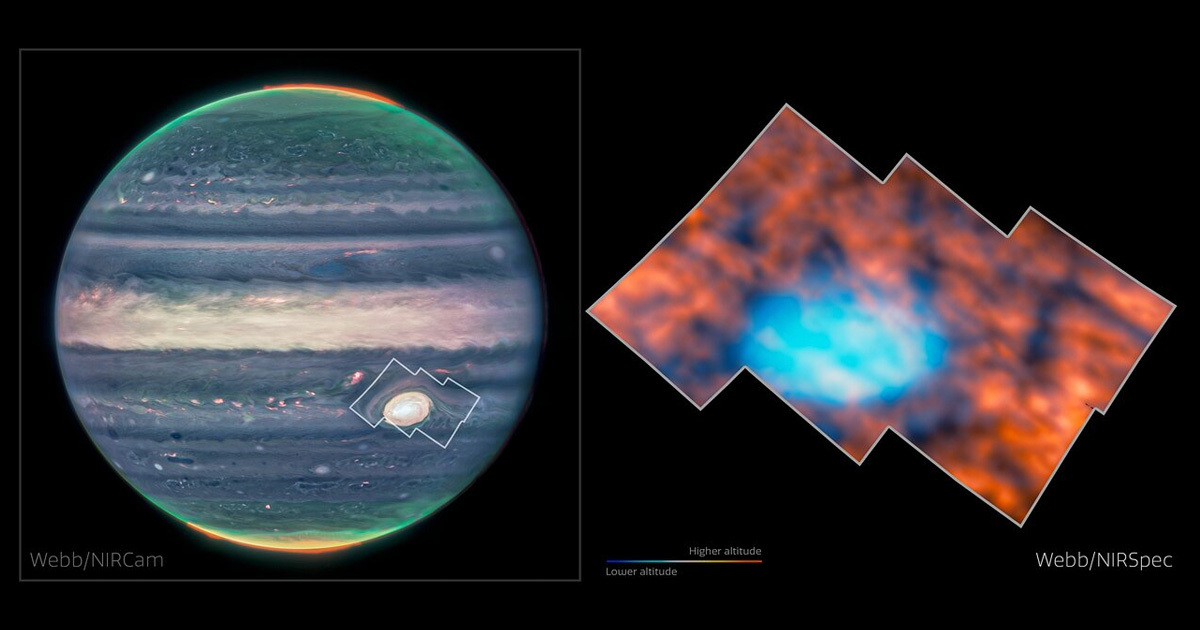
The glow above the Great Red Spot on Jupiter has recently been discovered and the researchers suspect that something else altogether is causing it - powerful gravitational interactions rarely seen on Earth.
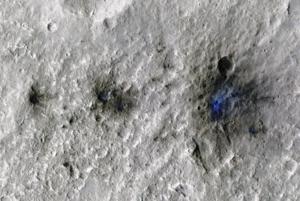
An international team of researchers combine orbital imagery with seismological data from NASA’s Mars InSight lander to derive a new impact rate for meteorite strikes on Mars.
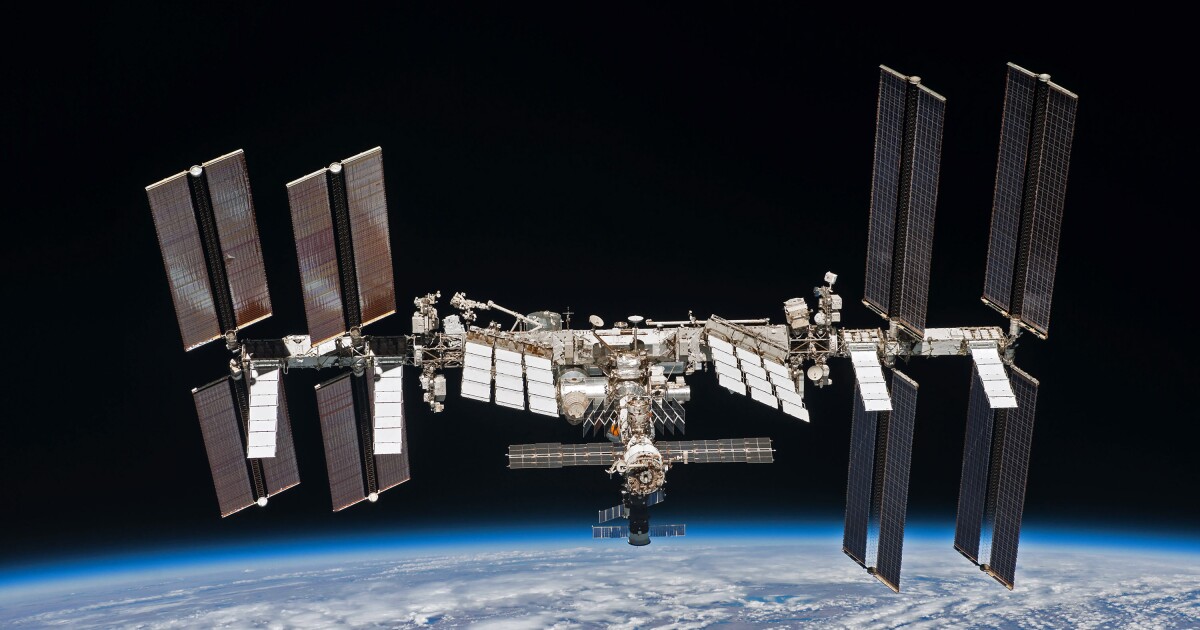
In a contract worth up to US$843 million, NASA has selected SpaceX to design the "US Deorbit Vehicle." The spacecraft will bring the $150 billion International Space Station out of orbit to safely and burn up in our atmosphere.
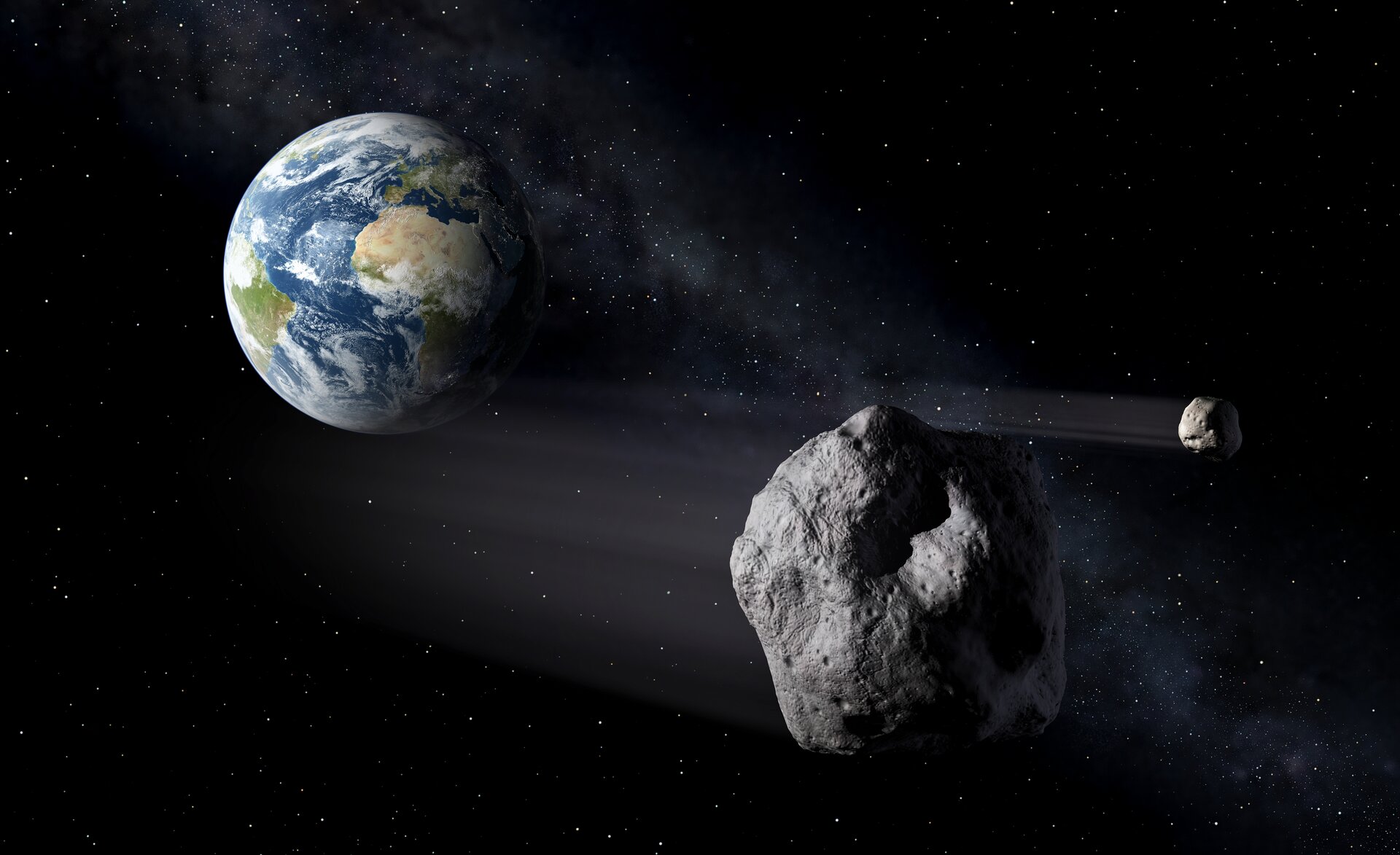
Two large asteroids will safely pass Earth this week, a rare occurrence perfectly timed to commemorate this year's Asteroid Day.
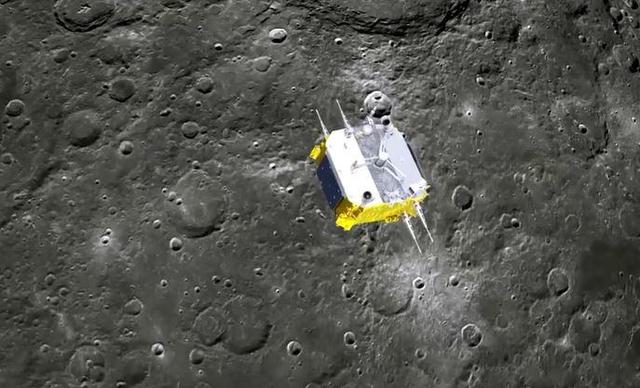
China’s Chang’e-6 lunar probe returned to Earth on Tuesday, bringing back the first-ever samples from the unexplored far side of the moon.

The analysis is key to confirming carbon and nitrogen-rich dusts and organic compounds essential for life. However, the sample also revealed the presence of magnesium-sodium phosphate, which had not been detected before.
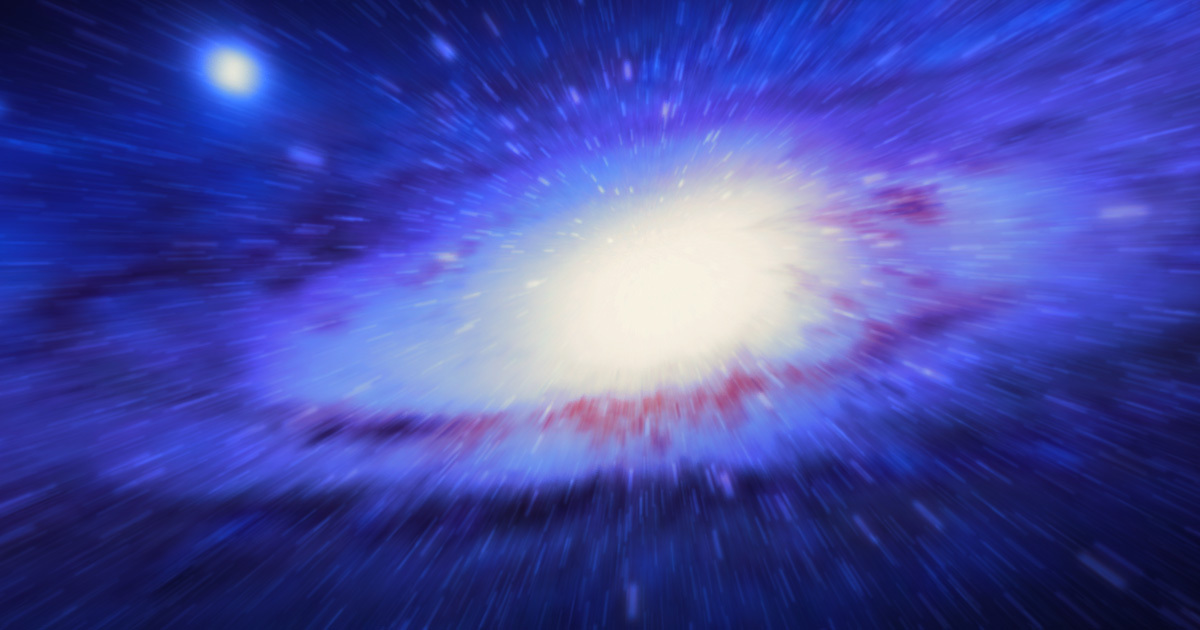
Strange thing about our galaxy's nucleus, according to new research: stars that stay young indefinitely by feeding off dark matter particles.
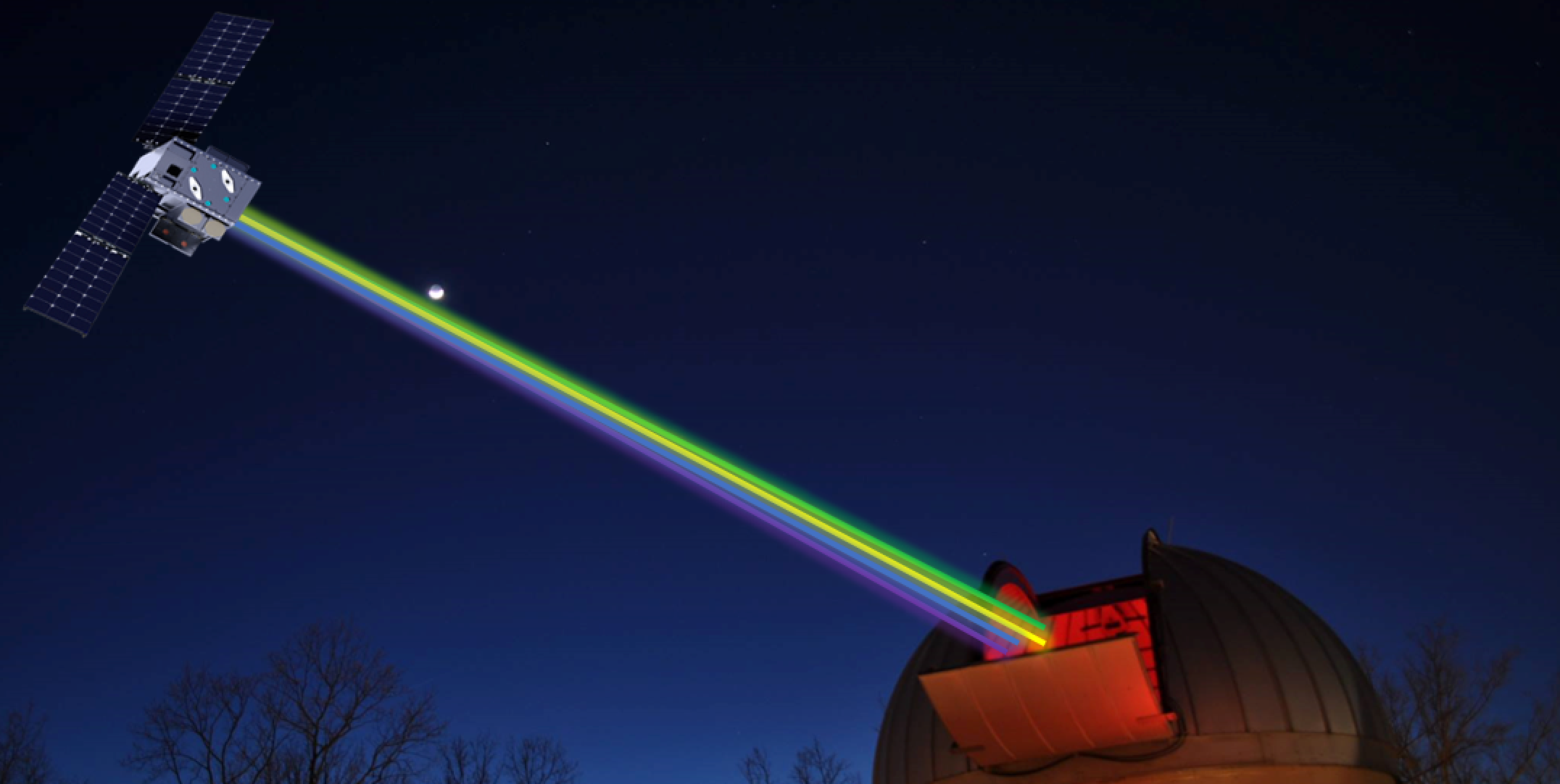
NASA has new plans to launch a tiny satellite mimicking a star into space.